Preparing Volunteers for Strategic Change
How to Identify (and Build) Allies to Serve a Bold Future
Summary
This is an article on how to prepare volunteers for bold, strategic change.
As we discussed in a recent article on building a volunteer pipeline, associations rely on volunteers, but not volunteers alone. Innovative associations are led by strong staff leaders that actively partner with a steady stream of board and committee volunteers.
Volunteers are advisors and guides to help us fulfill our mission, achieve our vision, and live our values. Great volunteers who partner with leading-thinking staff can move our associations far beyond bread-and-butter membership benefits and annual meetings toward an evergreen engine of innovation.
In framing change as bold yet focused and realistic, we will describe the ideal volunteer for a strategically-oriented association, review the Talent to Value Framework, address the importance of attitude and behavior, and celebrate good-ole, shoe-leather relationship-building in helping achieve our strategic outcomes.
The Product Community is a product development learning community designed specifically for associations.
The Ideal Volunteer
“You’ve got to think about the big things while you’re doing small things, so that all the small things go in the right direction.”
David Allen
In the product community, we believe the success of the future association relies on making focused, strategic choices that elevate us toward superior performance, deep impact, and sustainable growth.
This is not the same thing as refreshing a semi-regular strategic plan; we believe that strategy drives planning. Here are four challenges associations face that reflect a need for durable investment in strategy:
Focus on Short-Term Thinking. Associations typically operate with a short-term lens often under pressure from boards who can demand immediate results.
Over-Reliance on the Strategic Plan. Strategic planning is important, but most association strategic plans aren’t anchored by strategy, a key distinction.
Disconnect Between Ambition and Capabilities. Without a strong connection between strategy that focuses on specific choices – winning aspiration, where to play, how to win, etc. – and the ability to execute, it is difficult to make progress.
Passing Unaligned Batons. Associations typically rely on annually-refreshed volunteer leadership to carry out ambitious plans or short-term pet projects as opposed to longitudinally-connected volunteer teams strategically aligned to flourish in the long-run.
An ideal volunteer for a strategically-focused association is someone who possesses a combination of expertise, leadership skills, and a deep understanding of the association's mission and goals.
Though many volunteers will meet this, and a good share of the below criteria, most volunteers tend not to be subject-matter experts in strategy. This does not mean, however, that they don’t or can’t have a strategic mindset (i.e. the skill, will, and inquisitiveness to help position the association for focused excellence).
Ideal volunteers should have a genuine passion for the industry or profession that the association represents and a strong commitment to advancing its interests.
Most important, the ideal volunteer (especially board member) should have a strategic mindset. They should be able to think critically and analytically, identifying emerging trends, opportunities, and challenges within the industry. They should have the ability to envision the association's future direction and help develop effective strategies to achieve its long-term goals.
They should also be comfortable making difficult decisions and taking calculated risks, always considering the best interests of the association and its members. In contrast to volunteers who are political strivers or overly interested in staff operations, here are some questions that strategically-oriented volunteers might ask:
How can we strategically position ourselves to enter a new market?
What’s the direction for growth for each of our products or services?
Where will the association's growth come from in the next five years, and how does it compare with where growth has historically come from?
How should the association respond to the threat presented by potentially disruptive competitors?
What investments, resources, or capabilities do we need to win the future?
The ideal volunteer should also possess strong leadership skills. They should be able to inspire and motivate others and foster a collaborative and inclusive working environment. They should be an effective communicator, capable of articulating the association's vision and goals to various stakeholders, including members, industry leaders, and the public. They should also be skilled in building relationships, networking, and representing the association in a professional and positive manner.
A deep understanding of the industry or profession is crucial for an ideal volunteer. They should have extensive knowledge and experience within the field, enabling them to contribute valuable insights and expertise to the association's strategic discussions and decision-making processes.
This individual should stay informed about industry trends, innovations, and best practices, ensuring that the association remains at the forefront of developments within the profession.
Furthermore, the ideal volunteer should be committed to the association's mission and goals. They should genuinely care about advancing the interests of the profession and be motivated by the desire to make a positive impact.
This individual should demonstrate integrity, ethical behavior, and a strong sense of responsibility towards the association and its members. They should prioritize the collective interests of the association over personal or external agendas.
The Talent to Value Framework
Nothing is more critical to a thriving association than experienced, prepared, and committed volunteers. Having the right capabilities in the right places will make or break any strategy.
Given scarce resources, investing in volunteers should be focused and deliberate. Associations are tasked with making the right investments in the right people at the right time.
One tool to consider in finding strategically-oriented volunteers is to use the Talent to Value Framework, a nine-box grid in which prospective volunteers can be ranked on two dimensions: performance and potential. The aim is to identify and pipeline volunteers who reside in the yellow (or sometimes green) boxes.
The Talent to Value Framework can be useful to associations for the following reasons:
It’s relatively lightweight and can be paired with a prospective volunteer survey and other assessment tools.
It can easily reflect the association’s values: we invest in people who do good work and we care about people enough to identify (and invest in) them with rigor and empathy.
It relies on the collaborative judgment of staff and existing volunteers (sometimes, but not always comprising the governance committee).
It may supply some neutrality or fairness in the process of identifying, selecting, and evaluating volunteers.
The Talent to Value Framework was developed by Sandy Ogg and Sumeet Salwan. The core premise is that talent – professional staff and volunteers – should align with the association’s strategy (given that the current one is the right one!).
Step 1: Value — Illuminate the Agenda. Translate the association’s strategy into a discrete list of strategic initiatives, called “value hotspots”.
Step 2: List — Identify Critical Roles. Each value hotspot is then translated into a small list of roles critical for accomplishing the stated goals. What do we need and why?
Step 3: Click — Connect Talent to Value. Each role then gets translated into a list of 3–5 essential outcomes that must be produced by anyone in the role.
Step 4: Code — Sequence the Transformation. Laying out role and talent side-by-side clarifies where there are strong “clicks” and where there are gaps.
Step 5: Move — Mobilize the Returns. The final step is to identify the required action. The objective is not to close all role/talent gaps but to identify the clearest path to fit (who will provide the greatest value for the current strategy).
The Talent to Value Framework is a holistic approach that offers a path to integrate and align an association’s strategy with volunteer role design and ongoing professional development. This framework works optimally when an association starts with strategy, defines the work that needs to get done, and separates roles from talent.
Attitudes and Behaviors
“People may hear your words, but they feel your attitude.”
John C. Maxwell
Though it may not seem relevant to strategy, attitude is just as important as skill or experience. It is, therefore, critical for associations to assess. Here is an easy scale to use as you select new volunteers or evaluate existing ones.
A more detailed approach comes from Amy Doolittle's Civic Engagement Scale, lightly adapted below. Here's a step-by-step guide on how to utilize the scale:
Identify the relevant factors: Review the scale and determine which dimensions are most applicable to assessing the preparedness of volunteers for your association. Consider the specific requirements, skills, and competencies that volunteers should possess in order to contribute effectively.
Customize the scale: Adapt the scale to reflect the specific context and needs of your association. Modify the wording and rating scale, if necessary, to align with the requirements and expectations of your volunteers.
Develop a scoring system: Determine how you will score the responses on the scale. You can assign numerical values or use a Likert scale (e.g., 1-5) to rate each item.
Administer the scale: Distribute the scale to the volunteers of your association. You can choose to conduct it online or in-person, depending on the logistics and preferences of your volunteers.
Collect and analyze responses: Calculate the scores for each participant. You can also examine the distribution of scores across different dimensions to identify any patterns or gaps in preparedness.
Interpret the results: Identify areas where volunteers demonstrate high levels of preparedness and areas where further support or training may be required. Use the scale as a tool to guide discussions or development initiatives for enhancing volunteer readiness.
Take action based on the findings: Based on the results, develop targeted strategies to address the areas of improvement. Provide training, resources, or support to volunteers to enhance their preparedness and effectiveness.
Monitor progress: Repeat the assessment periodically to track the progress of volunteers and the impact of interventions.
By utilizing the Civic Engagement Scale, you can assess the preparedness of volunteers and take proactive steps to ensure they possess the necessary knowledge, skills, attitudes, and behaviors to contribute meaningfully and strategically.
Identifying Underutilized Leaders
“Sure the world breeds monsters, but kindness grows just as wild.”
Mary Karr
Using tools is important, but sometimes identifying great volunteers comes from good ole relationship-building. Many associations have wells of untapped potential among our membership ranks.
Taking the time to get to know them as people can uncover hidden talents, dreams, or drive. Building a strong community of inclusivity and care can help you find your future leaders. Here are some things to look and listen for:
Accountable: This person doesn’t blame others or for shortcomings; they take ownership and learn from it.
Collaborative: True leaders value other people’s contributions. This person knows how to work collaboratively within and across teams.
Outcome-Oriented: This person doesn’t get distracted by trends or instant gratification; they think strategically and plan for a long journey.
Empathetic: This person is known as kind. They don’t engage in back-channeling or sabotage or cherish being in an ‘insiders club.’
Grounded: This person is realistic as well as motivated. They don’t rely on trite rallying cries or platitudes. They work day-in and day-out and earn respect through results.
Once you identify people with underutilized potential, offer them a path for growth. Show them that you value them and invest in their professional growth as volunteers. Ultimately, it’s about building a community that fosters innovation, celebrates collaboration, and builds meaningful and sustainable relationships.
True Partners
“Individually, we are one drop. Together, we are an ocean.”
Ryunosuke Satoro
The most successful associations have true partnerships among volunteers and professional staff. This culture of shared innovation should extend beyond the board and into standing committees and short-term task forces. If professional staff serve at the behest of the volunteers, there will be a power imbalance and the overall association will suffer in performance, reputation, and outcomes.
If we are succeed strategically, we need to make bold choices together as a community.
An ideal volunteer for a strategically-focused association is a strategic thinker, effective leader, industry expert, and committed advocate. They bring a combination of knowledge, skills, and passion to the table, driving the association forward, and ensuring that it remains relevant, influential, and beneficial to its member community.
Heck, they’re also just good people and fun to work with!
About the Author
James Young is founder and chief learning officer of the product community®. Jim is an engaging trainer and leading thinker in the worlds of associations, learning communities, and product development. Prior to starting the product community®, Jim served as Chief Learning Officer at both the American College of Chest Physicians and the Society of College and University Planning.
Please contact me for a conversation: james@productcommunity.us.

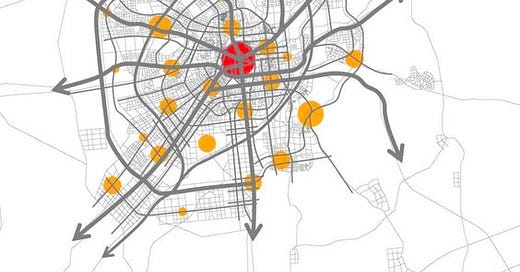



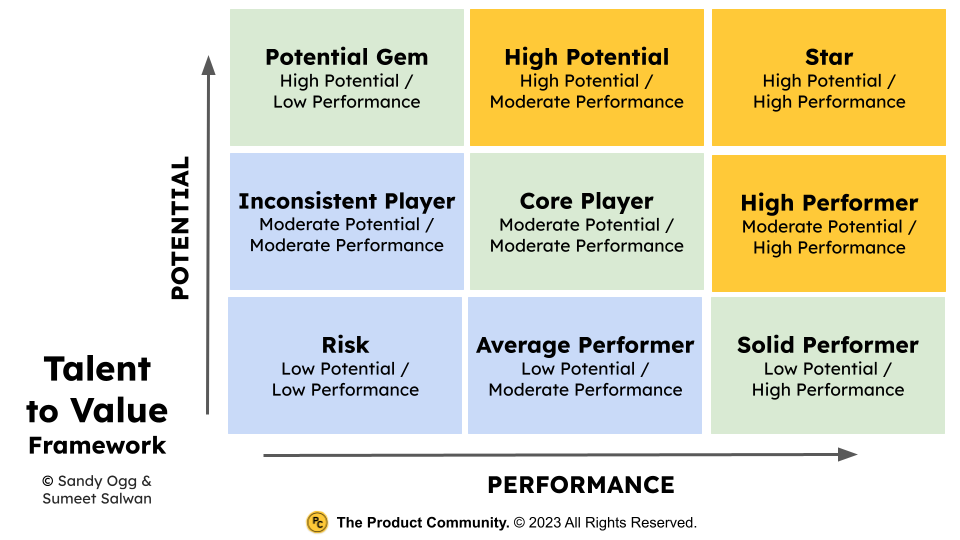
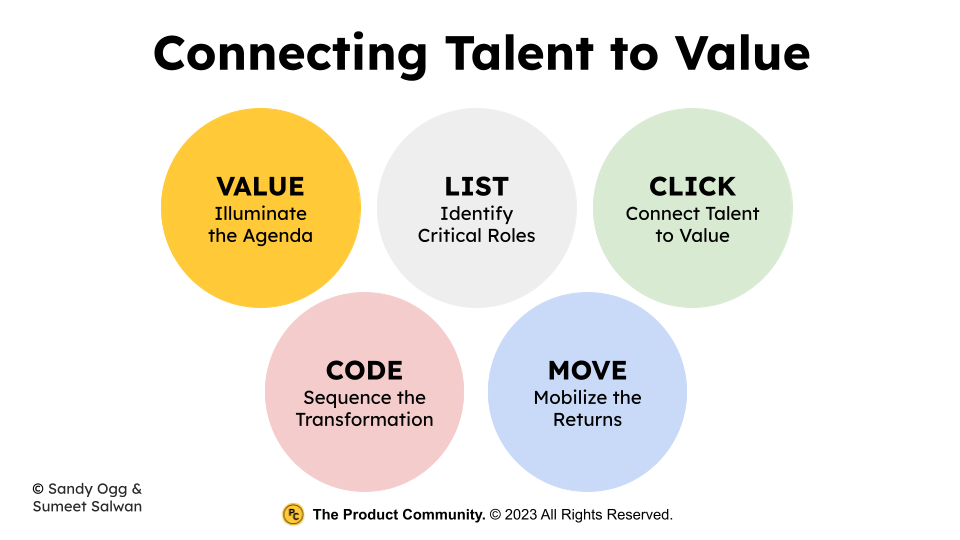
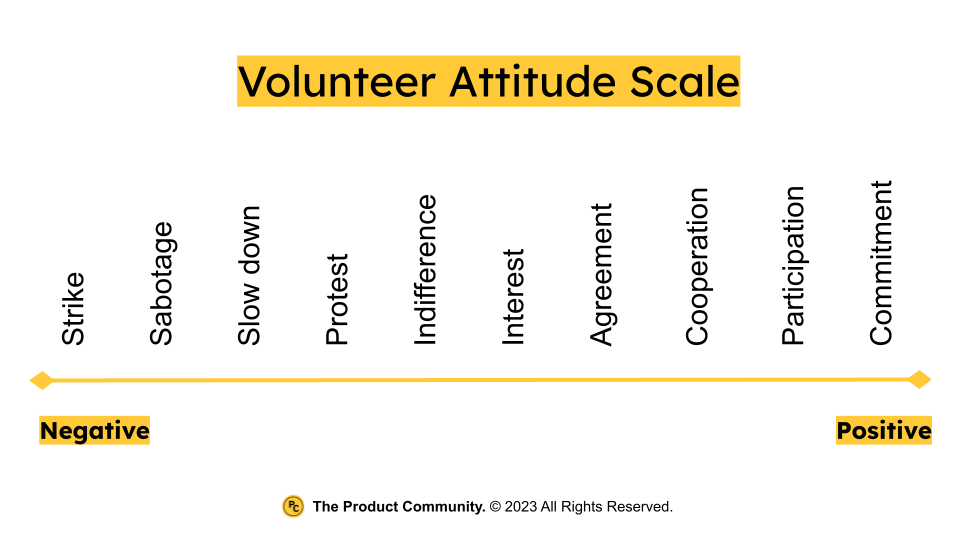
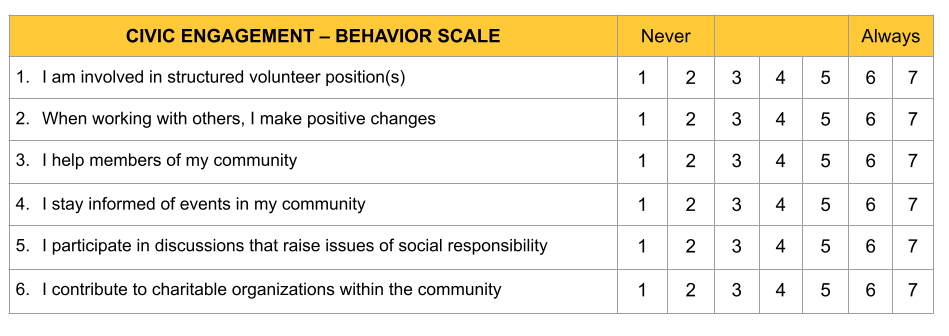
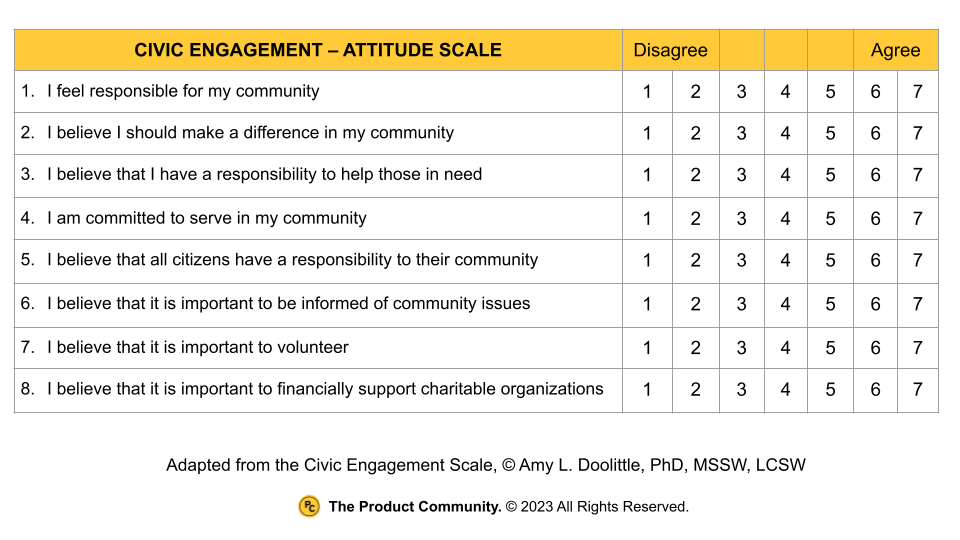
This is useful information when considering how to recruit new members.